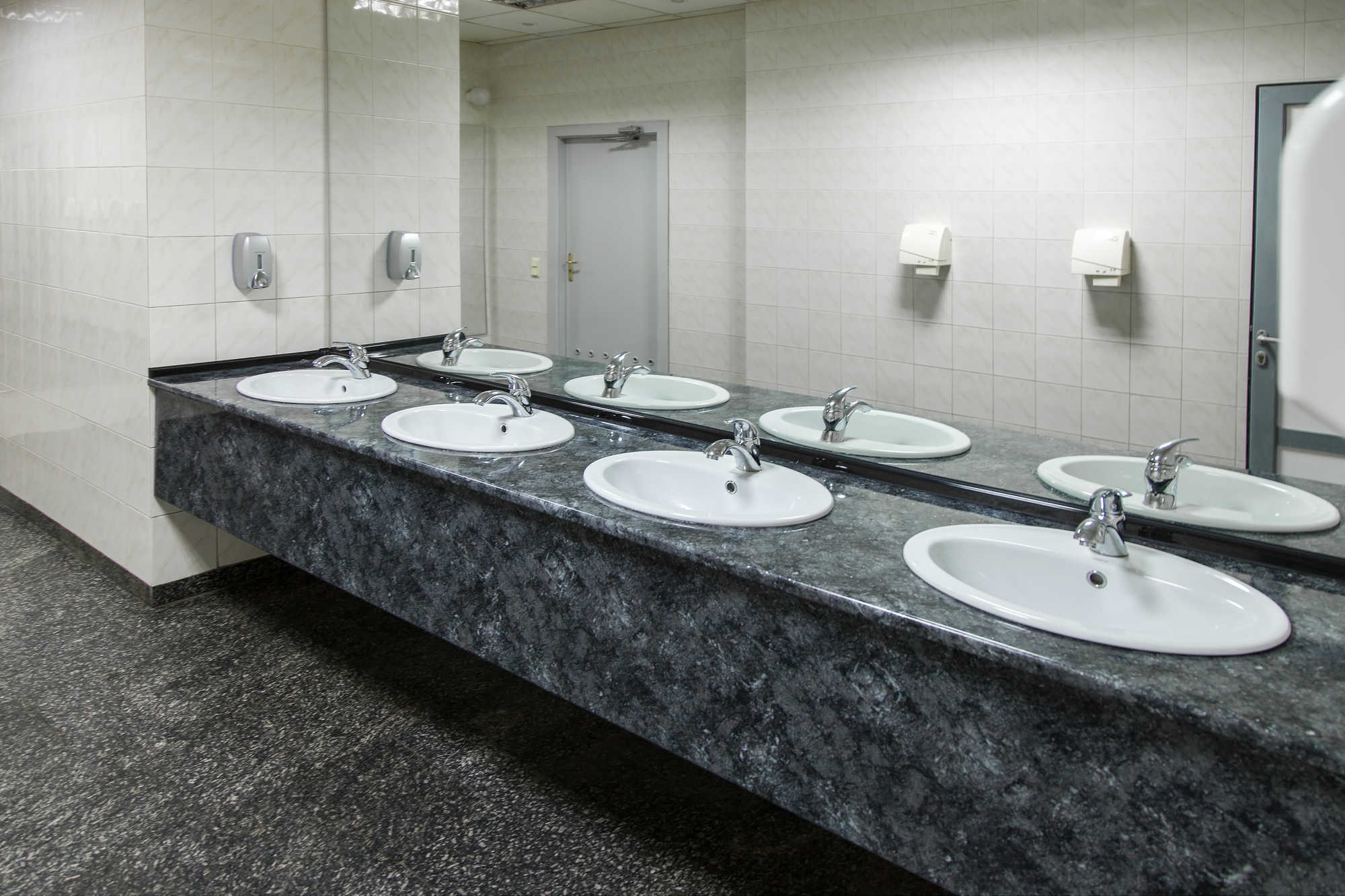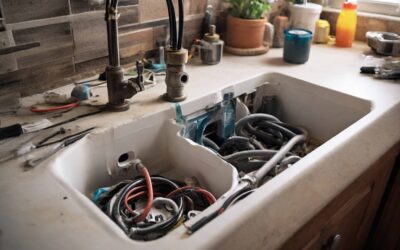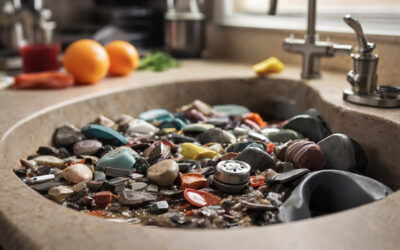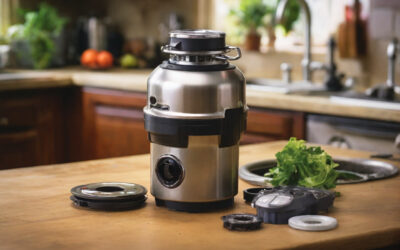Lighting a hot water heater is a crucial skill that ensures you always have access to warm water for your daily needs. Whether you’re dealing with a pilot light that’s gone out or setting up a new system, this guide on How to light a hot water heater offers step-by-step instructions to safely and efficiently reignite your heater. Understanding this process not only saves you time and money on professional services but also empowers you to handle common household maintenance tasks with confidence. So, let’s dive into the essentials of lighting your hot water heater, ensuring you’re never left in the cold!
Understanding your hot water heater
Before diving into the specifics of how to light a water heater, it’s essential to familiarize yourself with the different types available and their basic operating principles. Generally, hot water heaters fall into two main categories: gas and electric. Each type has its unique features and methods of operation.

Gas water heaters are effective heating units that heat water in tanks using either natural gas or propane. They have a pilot light, which is a little flame that starts the gas burner. This light must be operated safely.
Electric water heaters, on the other hand, use electrical heating elements to warm the water. These units don’t require a pilot light, making their operation somewhat simpler but still requiring an understanding of their components for troubleshooting and maintenance.
Regardless of the type, safety is paramount when dealing with hot water heaters. For gas models, this includes ensuring there are no gas leaks and that the area is well-ventilated. It’s also important to follow the manufacturer’s instructions and local codes for installation and maintenance.
Familiarize yourself with the user handbook for your hot water heater model for important information on lighting, maintenance, and safety considerations, guaranteeing effective functioning and safety for yourself and your home.

Preparation steps for lighting your hot water heater
Safety first! Before you attempt to light your water heater, it’s crucial to undertake certain preparatory steps to ensure a safe and successful process. Here’s a detailed checklist to guide you:
- Check for Gas Leaks: If you have a gas water heater, sniff around the unit for any unusual odors that resemble rotten eggs, a common indicator of a gas leak. If you detect this smell, do not proceed. Evacuate the area and call a professional immediately.
- Ensure Proper Ventilation: Adequate ventilation is vital, especially for gas water heaters. Make sure the area around the water heater is clutter-free and well-ventilated. This step is crucial to prevent the buildup of gas fumes.
- Turn Off the Gas: Before lighting the pilot light, turn off the gas to the water heater and wait for a few minutes. This precautionary step helps in clearing out any residual gas.
- Gather Necessary Tools: Depending on your water heater model, you may need a lighter or matches to light the pilot. Keep these tools handy along with a flashlight for better visibility.
- Consult the User Manual: Each water heater has specific instructions for lighting the pilot. Review your heater’s manual for model-specific guidance and safety warnings.
- Wear Protective Gear: Consider wearing safety gloves and glasses for added protection.
By following these steps diligently, you can ensure that you are fully prepared to light your water heater safely and effectively. Remember, if you are unsure or uncomfortable with any of these steps, it’s always best to consult a plumbing professional.
Step-by-step guide: How to light a hot water heater
Lighting a hot water heater, whether it’s a newer model with electronic ignition or an older model requiring manual lighting, is a process that can be done safely with the right instructions. Here’s a detailed guide for both scenarios:
For newer models with electronic ignition:
Set the Thermostat to ‘Pilot’: Begin by turning the temperature control to its lowest setting and the gas regulator valve to the ‘Pilot’ position.
- Access the Pilot Light: Remove the access panel to reveal the pilot light. In some models, you might need to press a button to access it.
- Initiate Ignition Sequence: Depending on your model, you will either press or hold a button labeled ‘Ignition’ to start the pilot light. Some models may require you to press the button repeatedly.
- Check the Pilot Light: Once the pilot light is lit (you should see a small blue flame), continue to hold the ignition button for about a minute to ensure the flame stays lit.
- Adjust Temperature Setting: After confirming that the pilot is lit, turn the gas regulator valve to the ‘On’ position and adjust the temperature setting to your preference.
- Replace the Access Panel: Carefully replace the access panel.
For older models with manual lighting:
- Turn Off Gas and Wait: Turn the gas control knob to the ‘Off’ position and wait for a few minutes to clear any residual gas.
- Set to ‘Pilot’: Turn the gas knob to the ‘Pilot’ position.
- Locate Pilot Light: Remove the access cover if your model has one. The pilot light is usually located near the bottom of the unit.
- Light the Pilot: Hold down the reset button (pilot light button) and bring a long lighter or match to the pilot light opening. Once the pilot flame ignites, continue holding the button for about one minute.
- Check the Pilot Light: Release the button and observe if the pilot light stays lit. If it goes out, repeat the process.
- Turn On the Heater: Once the pilot light is steady, turn the gas knob to the ‘On’ position and set your desired temperature.
- Replace the Cover: If your water heater has a cover, replace it carefully.
If the pilot light doesn’t stay lit:
This could be due to a faulty thermocouple or a gas flow issue. If relighting the pilot light doesn’t work after several attempts, it may be time to call a professional for a more thorough inspection and repair.
By following these step-by-step instructions, you can safely and efficiently light your hot water heater, whether it has an electronic ignition or requires manual lighting. Remember, safety is paramount, so if at any point you feel unsure, it’s best to seek professional assistance.
Troubleshooting common issues
Even with careful attention to instructions, you might encounter issues when lighting your water heater. Here are some common problems and their practical solutions:
1. The pilot light won’t stay lit
If the pilot light goes out soon after releasing the button, it could indicate a faulty thermocouple or a problem with the gas supply. Ensure the thermocouple is properly positioned in the flame and not dirty or damaged. If it appears damaged or worn out, it may need replacement.
2. No gas flow
If you can’t light the pilot at all, there might be an issue with the gas supply. Check to ensure the gas valve to the heater is fully open. If it is, and there’s still no gas flow, there might be a blockage in the line or an issue with the gas supply itself.
3. Strange noises
Rumbling or popping noises can occur due to sediment buildup in the tank. Flushing the tank can often resolve this issue. However, if you hear hissing or whistling, it could be a gas leak, which requires immediate attention from a professional.
4. Weak or yellow pilot flame
A strong pilot flame should be blue. If it’s yellow or weak, the burner may be dirty. Cleaning the burner and adjusting the pilot can often fix this issue.
5. Water heater doesn’t heat water
If the pilot light is lit but the water isn’t heating, the issue could be with the thermostat or the heating element (in electric models). These components might need to be checked or replaced by a professional.
When you attempt these troubleshooting methods and still have problems, it is advisable to get advice from a qualified specialist. They are capable of safely and effectively diagnosing and fixing more complicated issues. Recall that several typical problems with hot water heaters may be avoided with routine maintenance.
Maintaining your hot water heater
Regular maintenance of your hot water heater is crucial for its longevity and efficiency. Here are some key tips to help keep your water heater in top condition:
- Annual Flush: Sediment buildup can affect your heater’s efficiency. Annually flush the tank to remove sediment. This involves turning off the power or gas supply, attaching a hose to the drain valve, and letting water run until clear.
- Inspect the Anode Rod: The anode rod protects the tank from corrosion. Check it every 2-3 years and replace it if significantly corroded. This simple step can significantly extend the life of your tank.
- Test the Temperature-Pressure Relief Valve: This valve prevents pressure buildup. Test it yearly by lifting the lever and letting it snapback. If it doesn’t release a burst of water into the drain tube, it may need replacement.
- Monitor Water Temperature: Keep the temperature setting around 120°F. This prevents overheating and reduces the risk of scalding, as well as conserves energy.
- Check for Leaks and Corrosion: Regularly inspect your water heater for signs of leaks or corrosion. Early detection can prevent extensive damage and costly repairs.
- Professional Inspection: Consider having a professional inspect your water heater every few years. They can identify issues that might not be apparent to the untrained eye.
By adhering to these maintenance practices, you ensure the efficient operation of your hot water heater, prevent potential problems, and extend its lifespan, saving you time and money in the long run.
Conclusion
Mastering how to light a hot water heater is an invaluable skill for homeowners and renters alike. This guide has walked you through each step, ensuring you can tackle this task with confidence and safety. Remember, regular maintenance and understanding your specific heater model are key to preventing future issues. Whether you’re dealing with an older model requiring manual lighting or a newer one with electronic ignition, the ability to reignite your hot water heater is empowering. If you ever feel unsure, don’t hesitate to seek professional help. Stay warm, and here’s to many more comfortable, hot showers!






